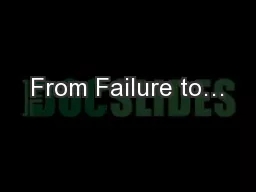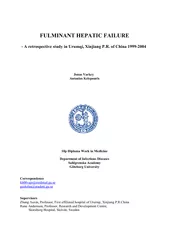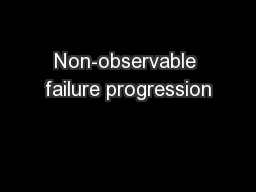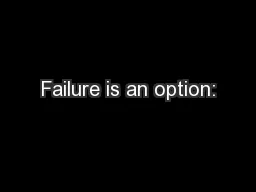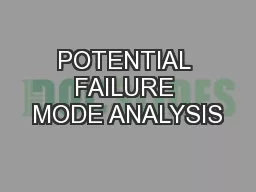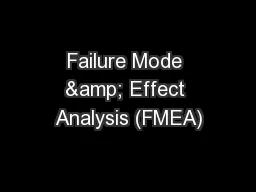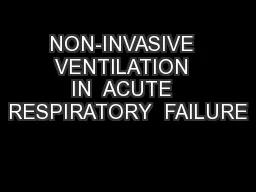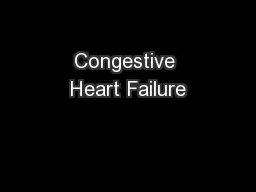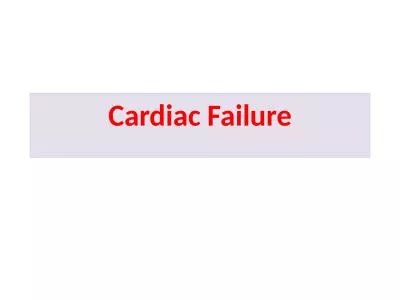PPT-From Failure to…
Author : myesha-ticknor | Published Date : 2018-01-02
Who am I Teachers said I was too stupid to learn anything I was fired from my first two jobs Not productive enough I first failed 1000 times Success I held 1093
Presentation Embed Code
Download Presentation
Download Presentation The PPT/PDF document "From Failure to…" is the property of its rightful owner. Permission is granted to download and print the materials on this website for personal, non-commercial use only, and to display it on your personal computer provided you do not modify the materials and that you retain all copyright notices contained in the materials. By downloading content from our website, you accept the terms of this agreement.
From Failure to…: Transcript
Download Rules Of Document
"From Failure to…"The content belongs to its owner. You may download and print it for personal use, without modification, and keep all copyright notices. By downloading, you agree to these terms.
Related Documents

